Imitation of art?: Elmgreen & Dragset at Victoria Miro
The artists Michael Elmgreen and Ingar Dragset are best known for grand-scale immersive installations tackling big issues. In End Station they built a fake New York subway station, an entire social housing block for Celebrity – The One and Many, the homes of an art collector and an architect in serious decline, and perhaps most famously, a fake Prada store in the Texas desert. The sublime is not their concern. Neither, on the whole, do they do minimal or personal. ‘Self-Portraits’, the duo’s new show at Victoria Miro’s Mayfair branch, is both. And it’s ever so simple.
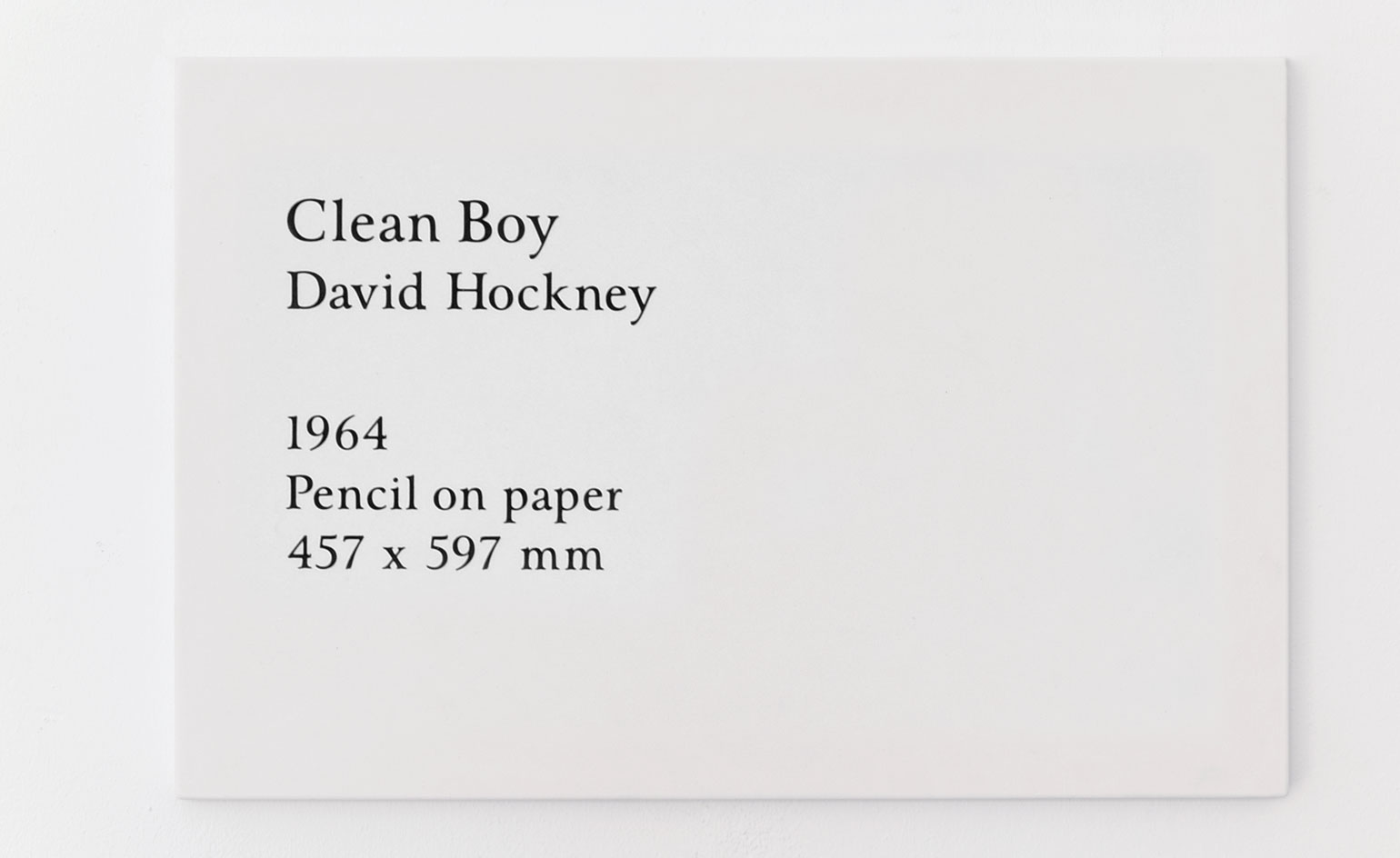
The artists Michael Elmgreen and Ingar Dragset are best known for grand-scale immersive installations tackling big issues. In End Station they built a fake New York subway station, an entire social housing block for Celebrity – The One and Many, the homes of an art collector and an architect in serious decline, and perhaps most famously, a fake Prada store in the Texas desert. The sublime is not their concern. Neither, on the whole, do they do minimal or personal. ‘Self-Portraits’, the duo’s new show at Victoria Miro’s Mayfair branch, is both. And it’s ever so simple.
Essentially, the pair track a life – two lives – in art through sometimes blown up, sometimes not, museum wall labels. Revelatory moments, career-changing or emotional insights, identify-forming identifications and psychic blows – we suppose, but can only suppose – are here.
Works by David Hockney, Ross Bleckner, Roni Horn, Martin Kippenberger, Keith Haring and Nicole Eisenman are namechecked. (Ingar told us once that he had visited the Rothko chapel in search of the sublime, of the transcendental, the transfigurative even, as many artists and other do, and came away unmoved. So there is no namecheck for him.)
There are no reproductions of the actual art here. Instead the labels take on the shape and form and material quality of art; they are made in marble, they are paint on canvas and metal, charcoal on paper. The pair are famously sceptical about the traditional gallery space as a place to experience art; the ways it gives an authority and reverence indiscriminately (though you must presume discrimination somewhere).
They like their art to work harder, to command and create interest outside the temple. Or to create a total space within the temple. ‘Self-Portraits’, then, is perhaps another sly dig at the system; the explanatory tag becomes the art because we only know anything as ‘art’ because the tag tells us it is. The tag marks out art, the tag becomes art. (In the past, they have spent 12 hours painting a White Cube gallery space even whiter. In another exhibition, they mounted the actual recovered wall surface of various museums on canvas. ‘Self-Portraits’ can be seen as part of a continuing series.)
'Self-Portraits',' they explain, 'is reminiscent of our early projects in which we analysed the very format and process of exhibiting by using the seemingly insignificant components common in museum or gallery displays. We’ve turned these into something that suddenly gains a different meaning, that becomes the main focus – in this case, the small wall label, which is normally just there to inform you about the corresponding work.'
But there is more here than that. The pair are also curiously, pleasingly old-fashioned in their predilection for narrative – and this is, in part, their story. This is a self-portrait. It also questions how much our identity is built from these markers.
'The exhibition shows what we, Ingar and Michael, share,' says the duo. 'In a rather unfiltered way, it tells about our inspirational sources. The titles on these label paintings and engraved marble reliefs all refer to events and situations in our own personal lives, or to important dialogues between us, since our collaboration is based on our dialogues.'
It might also be a glorious celebration of art. It might suggest that you can better, truly understand someone if you know what has moved them, what meant something at a particular time. And even more than that, that we are bent into shape by those moments. It might. It is always hard to tell.
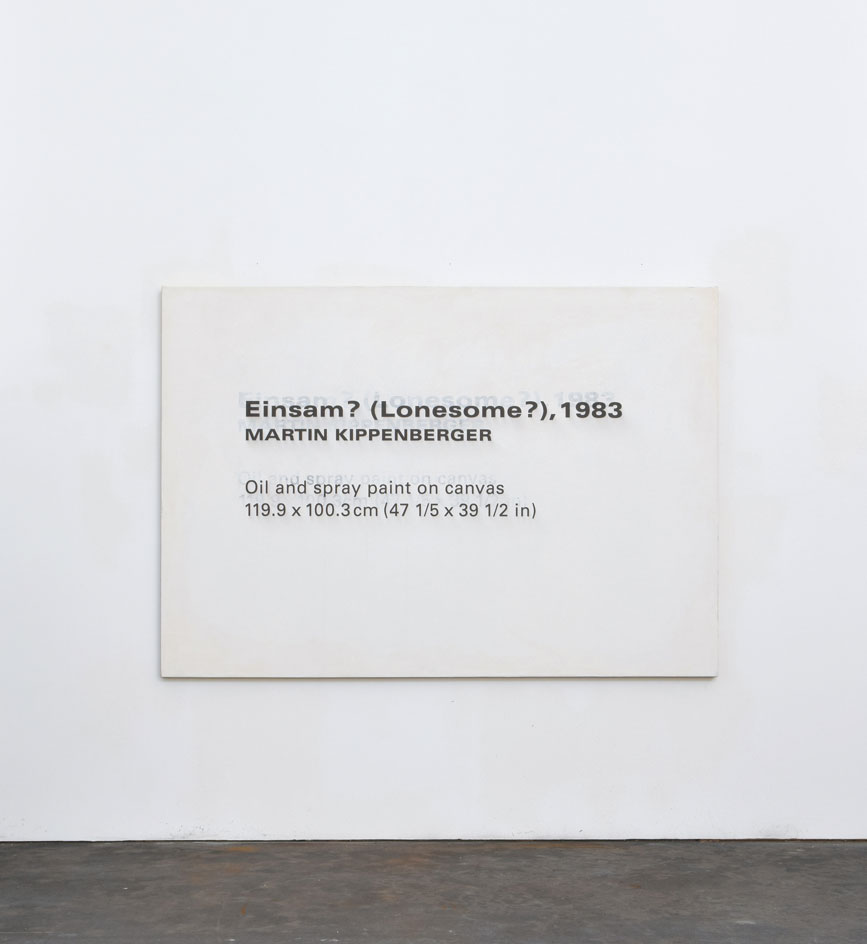
Essentially, the pair track a life – two lives – in art through sometimes blown up, sometimes not, museum wall labels. Pictured: Self-Portrait, No. 2, 2015
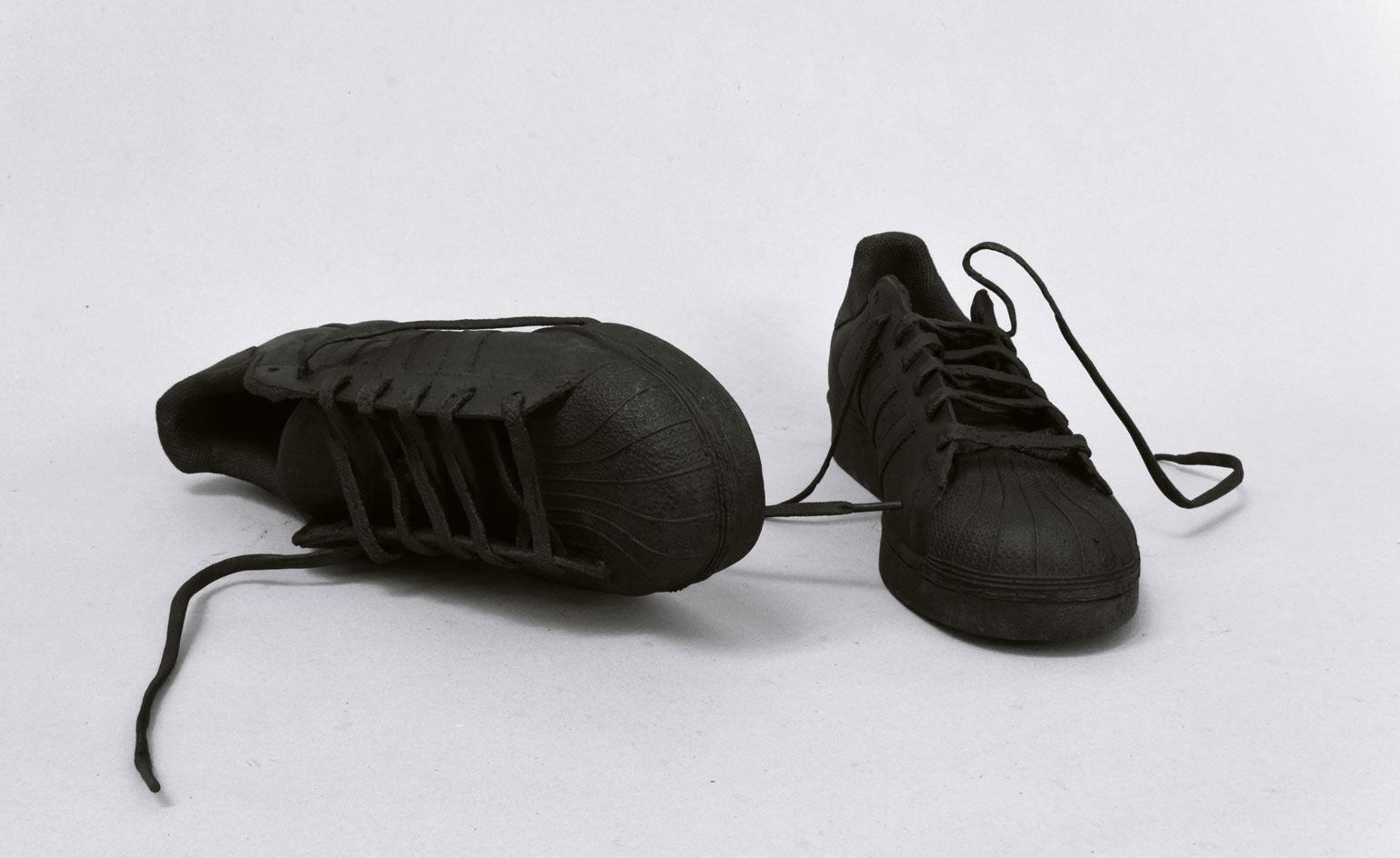
There are no reproductions of the actual art here. Instead the labels take on the shape and form and material quality of art; they are made in marble, they are paint on canvas and metal, charcoal on paper. Pictured: Superstars, 2015
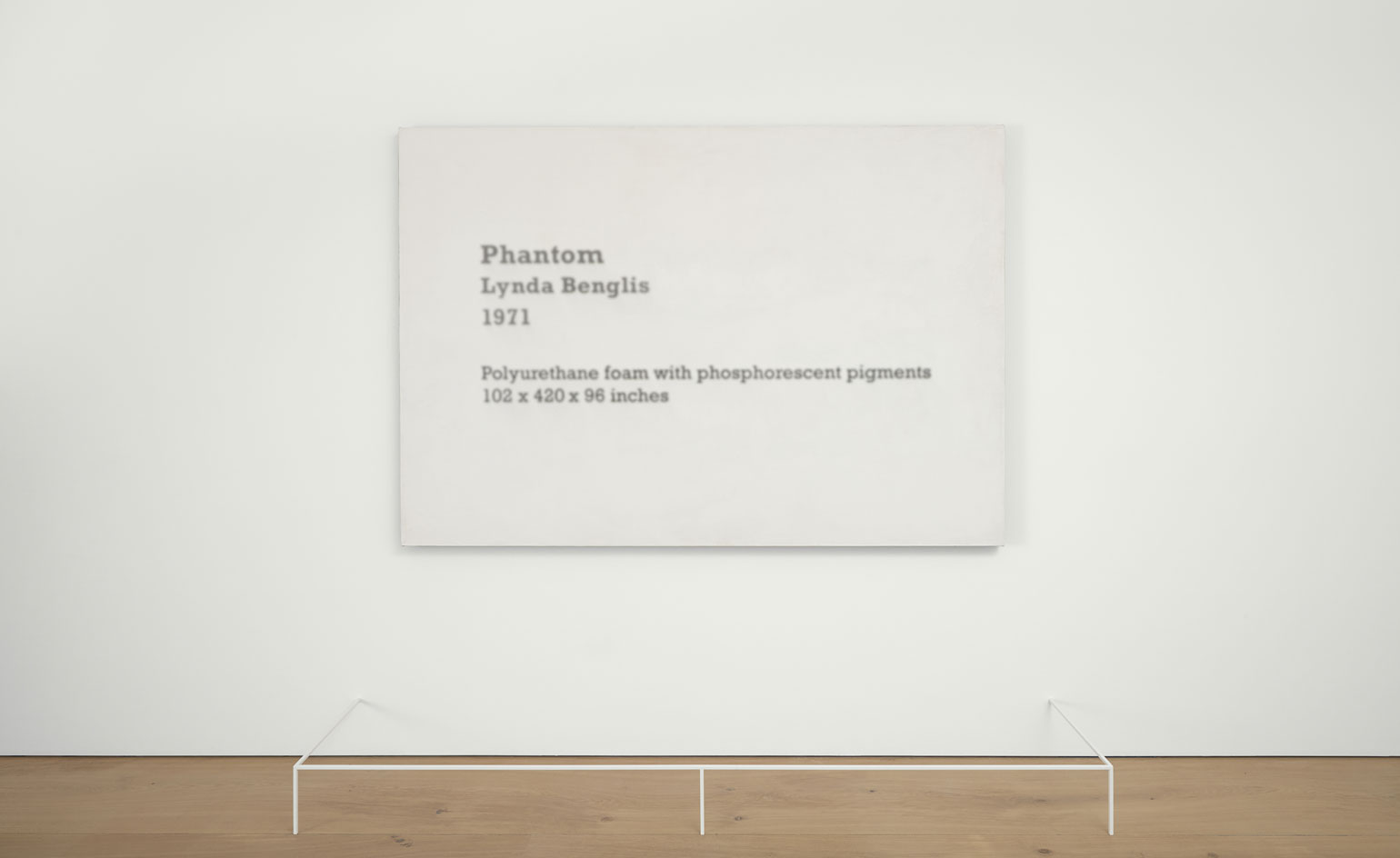
‘Self-Portraits’ is a sly dig at the 'system' of gallery art; the explanatory tag becomes the art because we only know anything as ‘art’ because the tag tells us it is. Pictured: installation shot
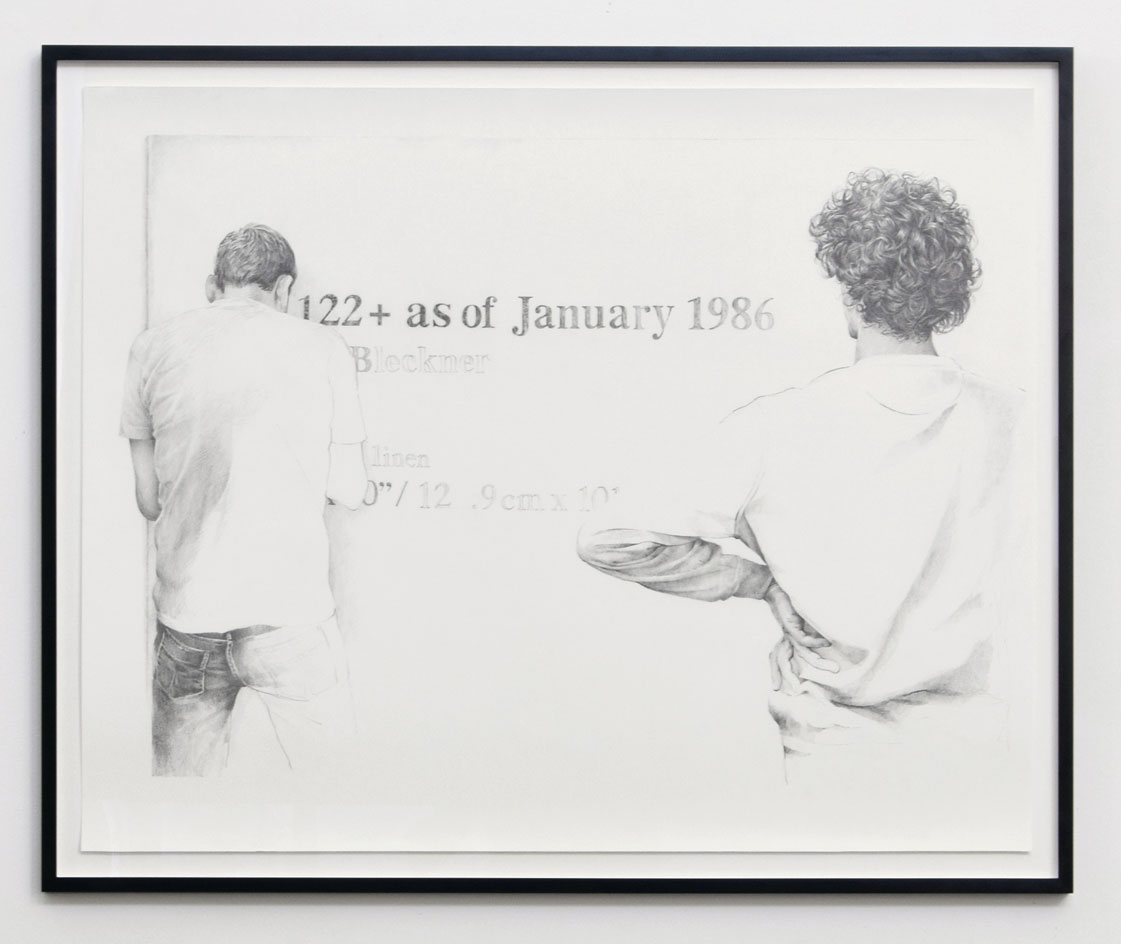
The show might also be a glorious celebration of art. It might suggest that you can better, truly understand someone if you know what has moved them, what meant something at a particular time. Pictured: Self Portrait IN PROGRESS, 2015
INFORMATION
'Self-Portraits' is on view until 7 November
Courtesy the artists and Victoria Miro, London
ADDRESS
Victoria Miro Mayfair
14 St George Street
London, W1S 1FE
Wallpaper* Newsletter
Receive our daily digest of inspiration, escapism and design stories from around the world direct to your inbox.
-
 All-In is the Paris-based label making full-force fashion for main character dressing
All-In is the Paris-based label making full-force fashion for main character dressingPart of our monthly Uprising series, Wallpaper* meets Benjamin Barron and Bror August Vestbø of All-In, the LVMH Prize-nominated label which bases its collections on a riotous cast of characters – real and imagined
By Orla Brennan
-
 Maserati joins forces with Giorgetti for a turbo-charged relationship
Maserati joins forces with Giorgetti for a turbo-charged relationshipAnnouncing their marriage during Milan Design Week, the brands unveiled a collection, a car and a long term commitment
By Hugo Macdonald
-
 Through an innovative new training program, Poltrona Frau aims to safeguard Italian craft
Through an innovative new training program, Poltrona Frau aims to safeguard Italian craftThe heritage furniture manufacturer is training a new generation of leather artisans
By Cristina Kiran Piotti
-
 Celia Paul's colony of ghostly apparitions haunts Victoria Miro
Celia Paul's colony of ghostly apparitions haunts Victoria MiroEerie and elegiac new London exhibition ‘Celia Paul: Colony of Ghosts’ is on show at Victoria Miro until 17 April
By Hannah Hutchings-Georgiou
-
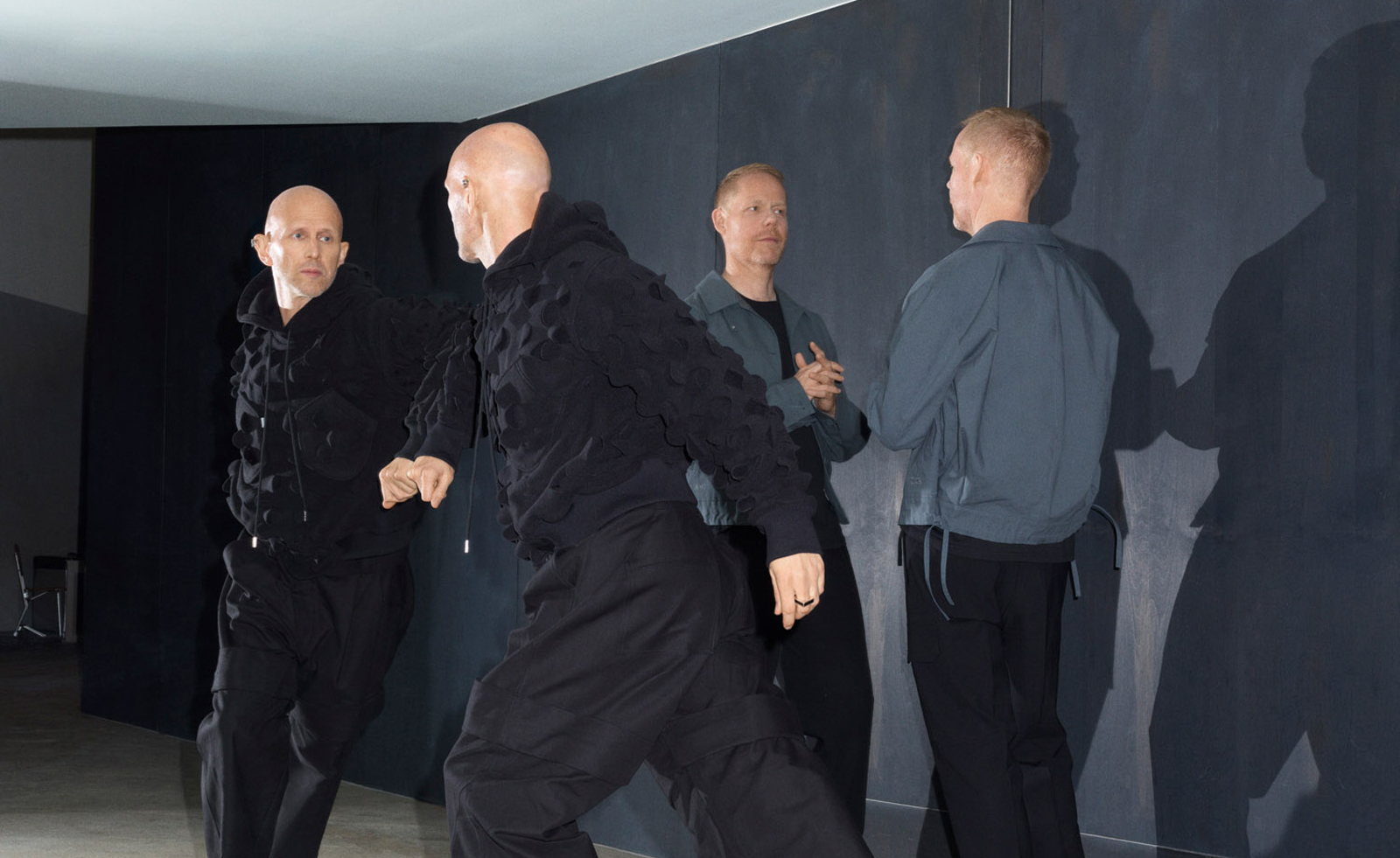 Year in review: top 10 art and culture interviews of 2024, as selected by Wallpaper’s Hannah Silver
Year in review: top 10 art and culture interviews of 2024, as selected by Wallpaper’s Hannah SilverFrom Antony Gormley to St. Vincent and Mickalene Thomas – art & culture editor Hannah Silver looks back on the creatives we've most enjoyed catching up with during 2024
By Hannah Silver
-
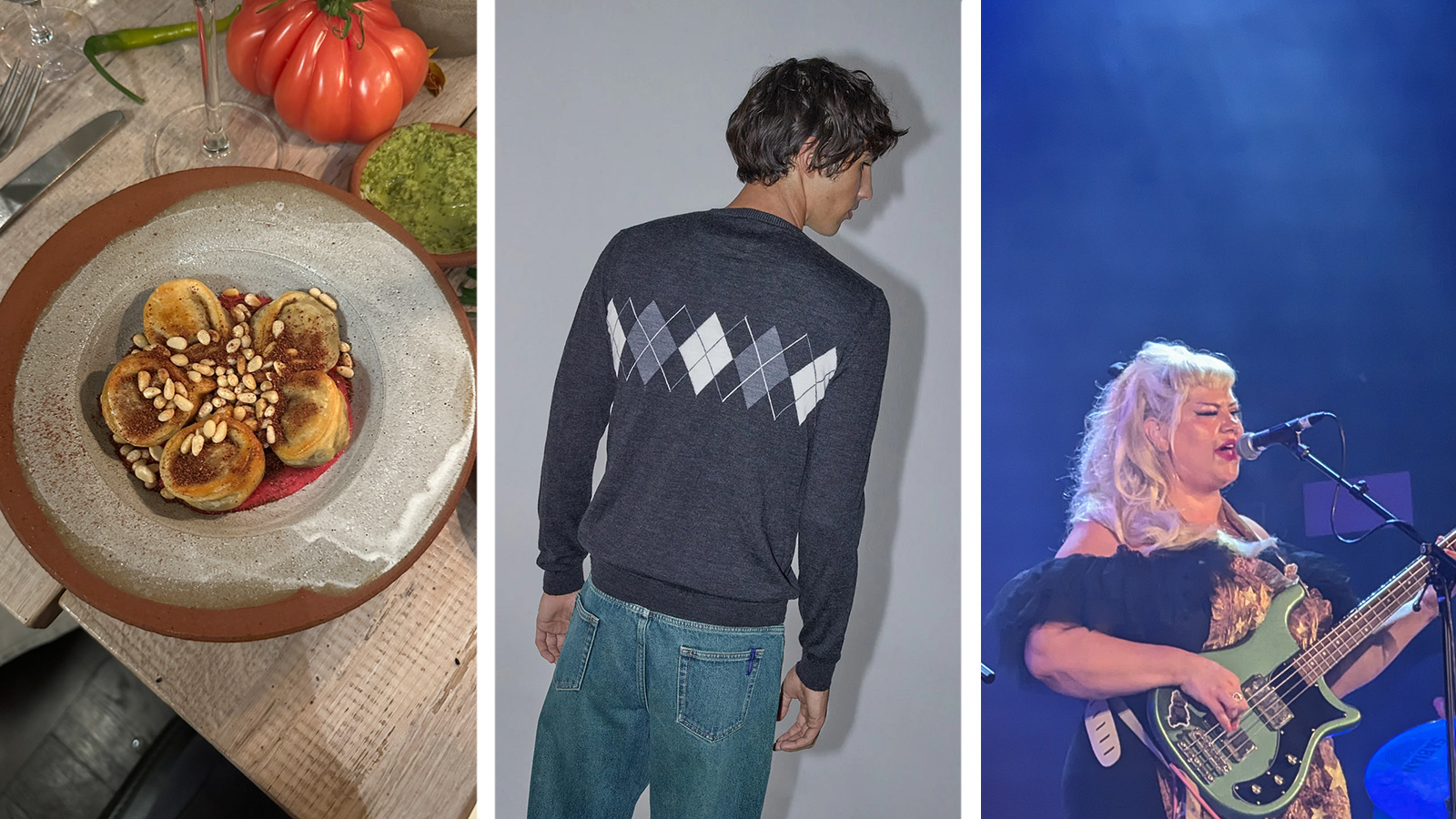 Out of office: what the Wallpaper* editors have been doing this week
Out of office: what the Wallpaper* editors have been doing this weekInvesting in quality knitwear, scouting a very special pair of earrings and dining with strangers are just some of the things keeping the Wallpaper* team occupied this week
By Bill Prince
-
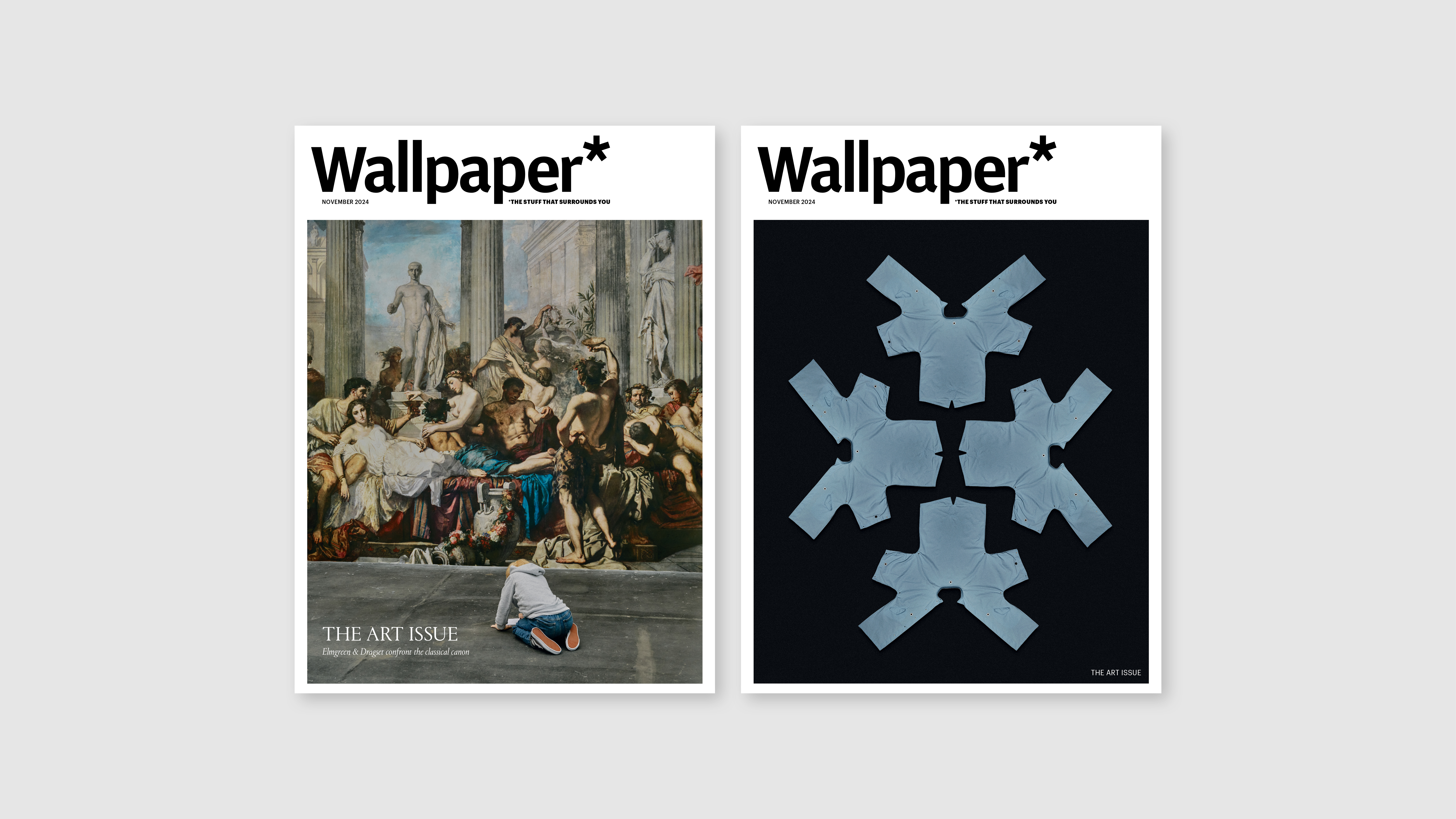 Discover Wallpaper* November 2024: The Art Issue
Discover Wallpaper* November 2024: The Art IssueThe art special is on sale now. Confront the classical canon with Elmgreen & Dragset, get down with LoveFrom x Moncler, and wear art on your sleeve with Christiane Kubrick x JW Anderson
By Bill Prince
-
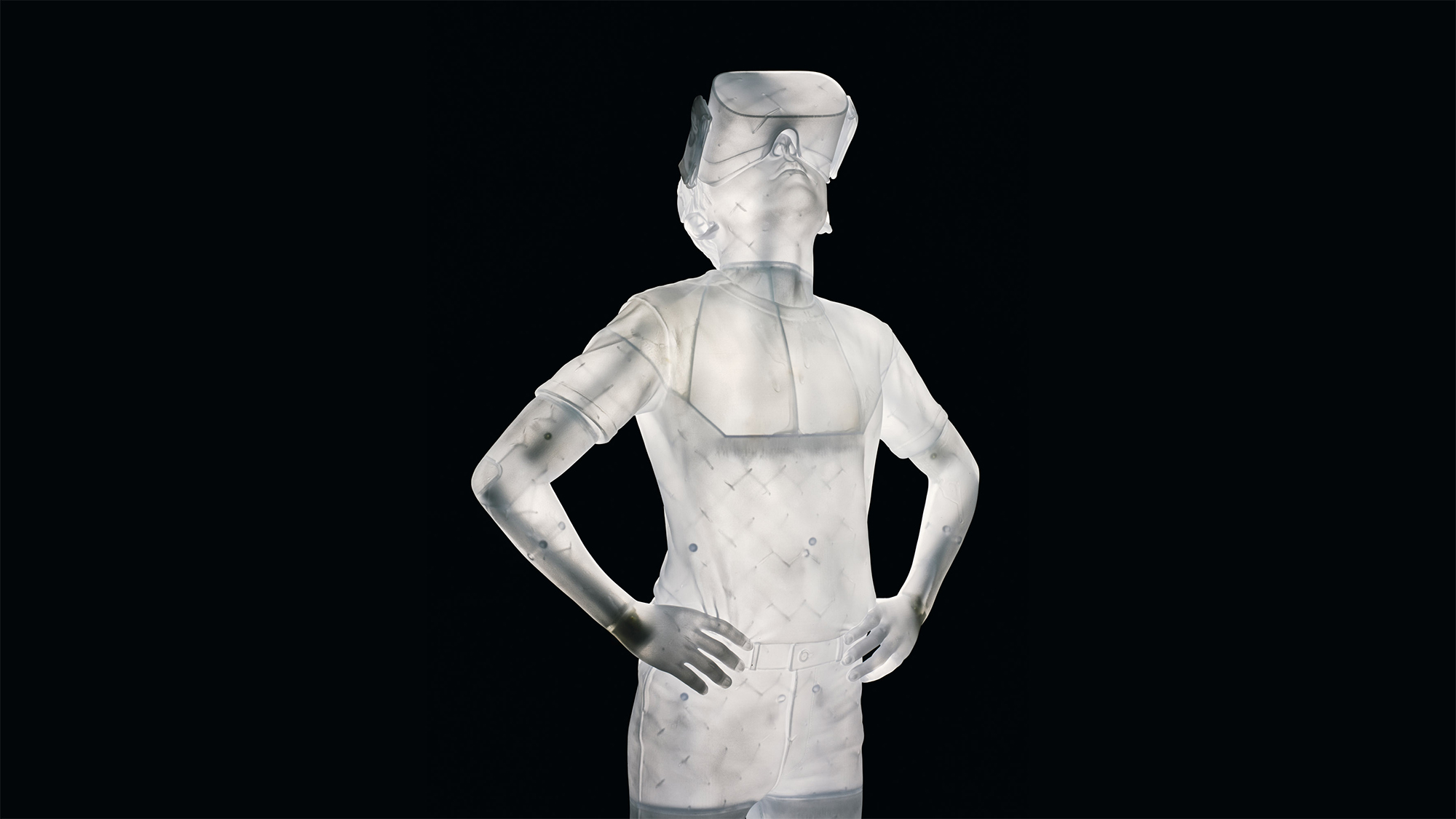 Elmgreen & Dragset explore contemporary masculinity in Paris
Elmgreen & Dragset explore contemporary masculinity in ParisWe visit Elmgreen & Dragset at their Berlin studio ahead of new exhibition ‘L’Addition’ at Paris’ Musée d’Orsay, a subversive take on the classical form
By Hannah Silver
-
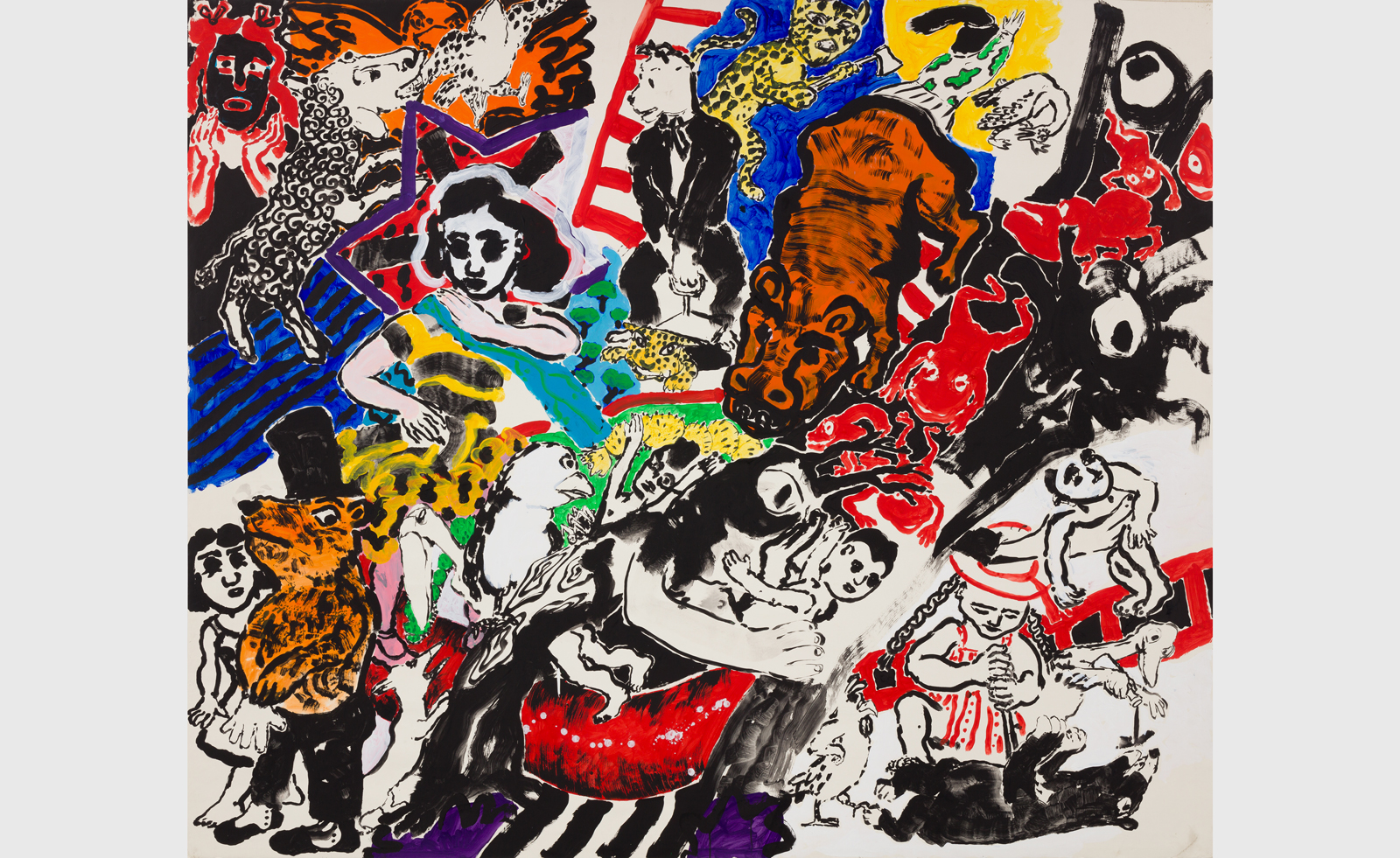 ‘Darker, more sinister themes’: Paula Rego’s decade of self-discovery is the subject of a new London exhibition
‘Darker, more sinister themes’: Paula Rego’s decade of self-discovery is the subject of a new London exhibitionPaula Rego’s ‘Letting Loose’, at Victoria Miro in London, considers the artist’s work from the 1980s
By Hannah Silver
-
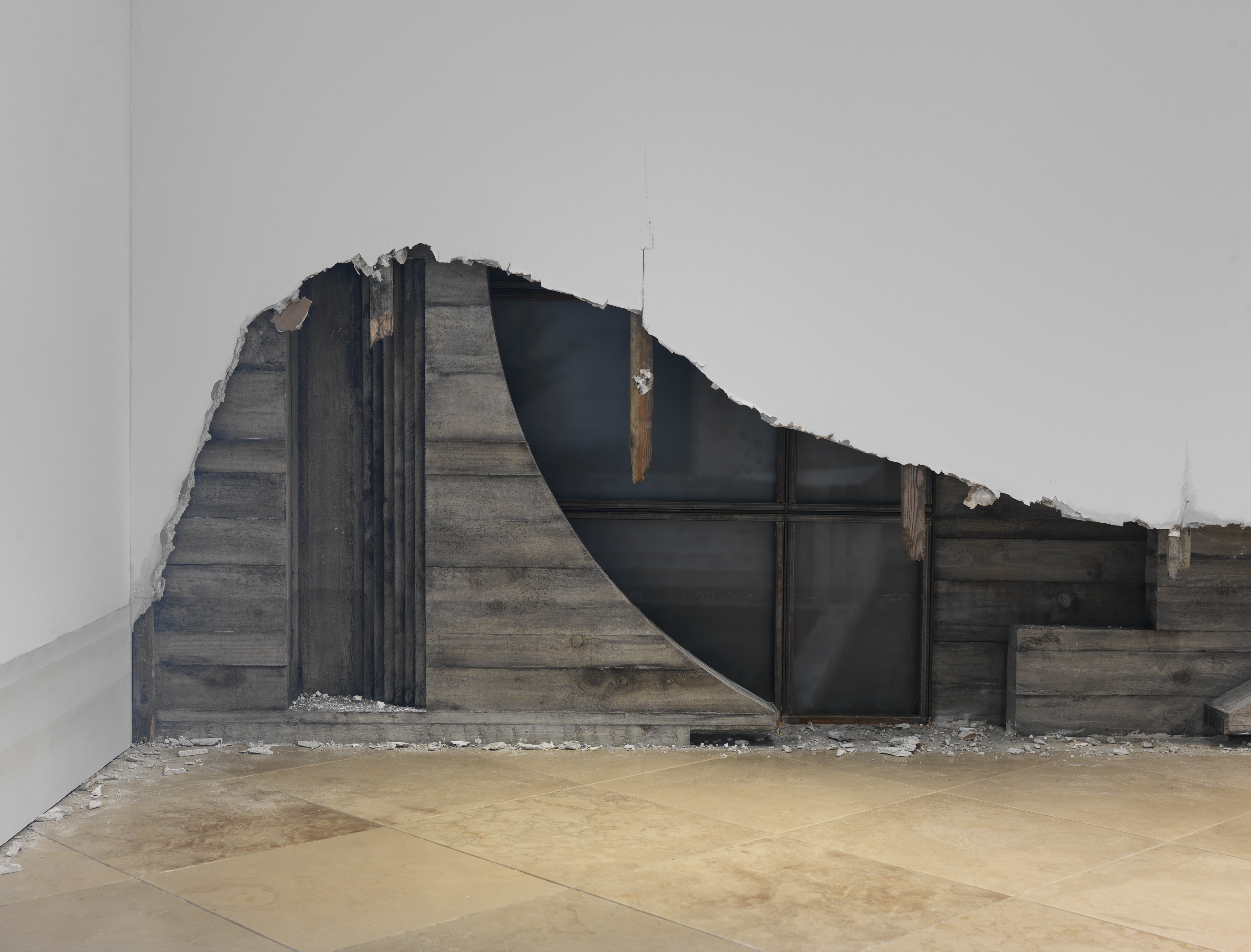 Alex Hartley’s eerie ode to Carlo Scarpa in Venice
Alex Hartley’s eerie ode to Carlo Scarpa in VeniceAlex Hartley’s theatrical new installation ‘Closer than Before’ at Victoria Miro Venice is a haunting take on architectural destruction in Venice
By Thea Hawlin
-
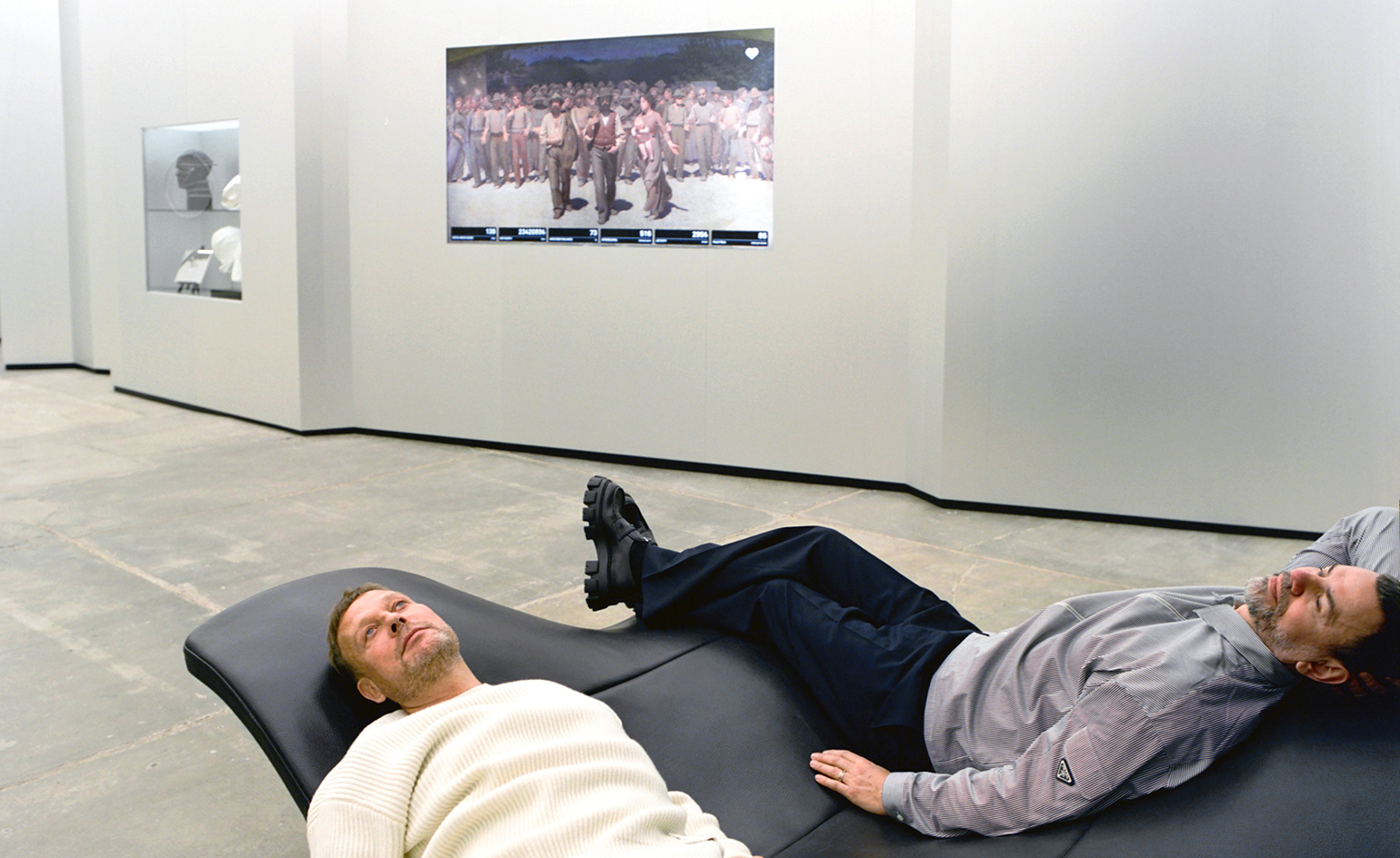 Elmgreen & Dragset in Milan: bodies, minimalism and home discomforts
Elmgreen & Dragset in Milan: bodies, minimalism and home discomfortsElmgreen & Dragset’s new show at Milan’s Fondazione Prada is an uncanny exploration of our dematerialising bodies and increasingly discomforting homes
By TF Chan